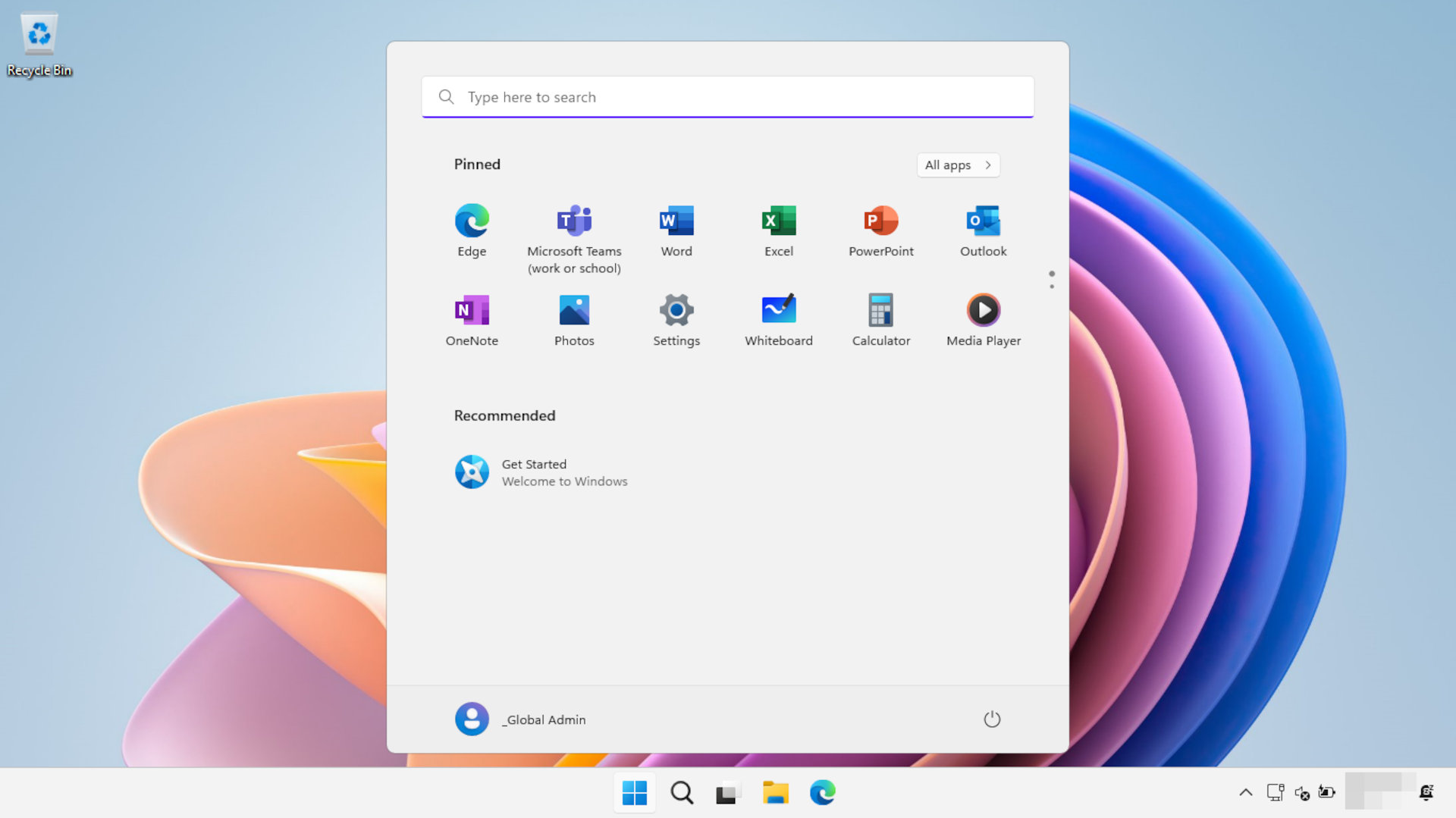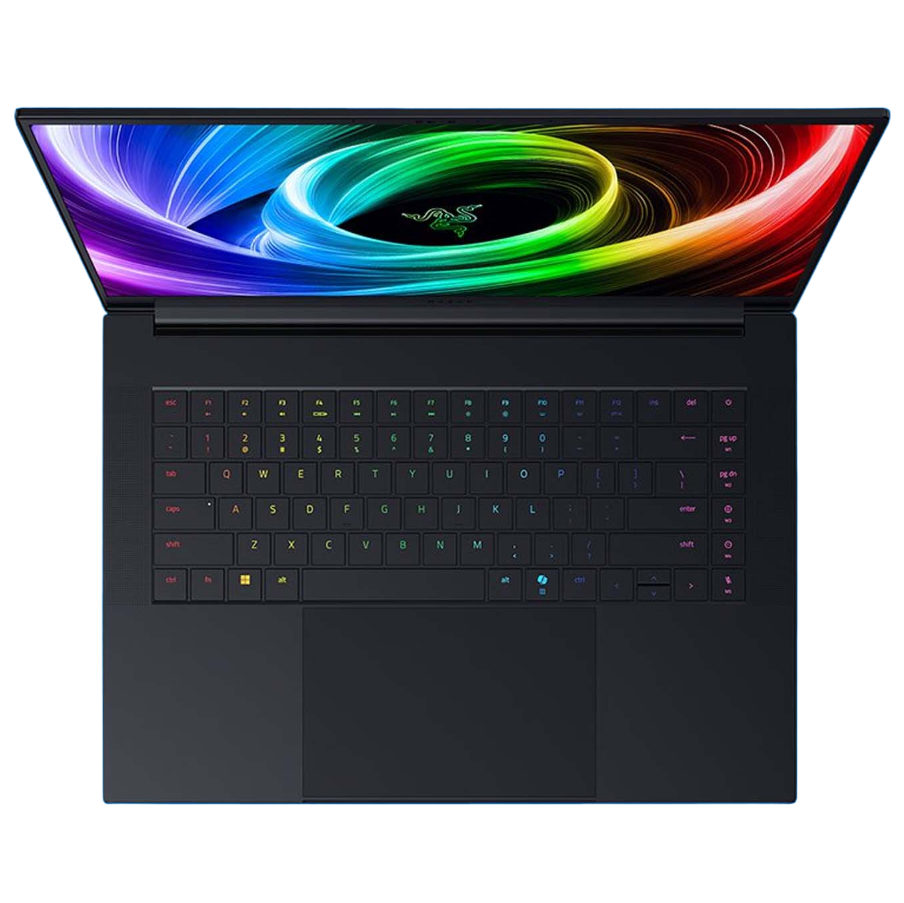Microsoft yanks the plug on Windows 11 SE, giving school and college IT techs a little over a year to find a suitable replacement
Windows 10 S and RT: "First time, huh?"

Four years ago, Microsoft launched Windows 11 SE, a version of its latest operating system for "web-first devices" sold exclusively to the education sector. The heavily restricted OS wasn't especially popular with students and IT technicians, so they might breathe a sigh of relief that Microsoft has set October 2026 as its end-of-life date. They may equally panic a little, given just how soon that date is.
That means Windows 11 SE will have been around for a little under five years when all updates, security fixes, and technical assistance come to a close. More importantly, there isn't anything else in Microsoft's pipeline to replace it, hence why it recommends users consider "transitioning to a device that supports another edition of Windows 11 to ensure continued support and security" (via The Verge).
Despite being supported by OEMs such as Acer, Asus, Dell, HP, and Lenovo, the OS was always going to struggle for two reasons. First was the fact that the operating system was very limited regarding what applications you could use with it—while web-based stuff was fine, anything other than education software or the odd tool was blocked. That might sound like a great idea for schools, but it actually gave IT technicians a bit of a headache trying to work around the limits.
Secondly, it was still Windows 11 underneath its streamlined exterior, and for the hardware it was installed on, Win 11 SE was just too bloated and sluggish. Especially when compared to the operating system it was designed to take on: ChromeOS.
Google's pared-down operating system is an ideal match for the ultra-cheap laptops that festoon schools and colleges around the world, and while its web-based nature is just as restrictive as that of Windows 11 SE, it's far easier to work with. The two operating systems might have very similar hardware requirements on paper, but anyone who has used both will tell you that ChromeOS is far nicer to use.
So, time for tea, biscuits, and a small party to celebrate the end of Windows 11 SE, yes? For some folks, perhaps, but IT technicians will have some serious issues ahead of them. To start with, it will be far too risky to continue using these laptops once the support is removed, because as new security issues come to light, no fixes will be offered for the OS.
Even if their current laptops are handling Windows 11 SE just fine, there's no guarantee that they'll be okay with the full-fat version of the operating system, and the school's current licensing agreement with Microsoft might not cover the use of Windows 11 Home, either. In short, they'll either have to figure out if they can use ChromeOS on them or just bin them all and get new devices.
Keep up to date with the most important stories and the best deals, as picked by the PC Gamer team.
By abandoning Windows 11 SE so quickly, Microsoft has signalled to the software world that it simply doesn't have the means or will to compete with Google in the education sector. If one expands this to the whole lightweight OS market, Microsoft just can't land a five-point finish, let alone anything better, because it has a long history of half-heartedly giving it a go, only to walk away after a few years.
Anyone who invested time and money into using Windows RT or Windows 10 S will know exactly what I mean. Google is hardly a bar to aim for when it comes to sticking with fresh projects, but at least it's been consistently behind ChromeOS from the start.
Should Microsoft ever make another attempt at creating a lightweight OS in the future, it's burned so many bridges now that even if an ultra-efficient version of Windows does appear, the long-term support and stability of ChromeOS and Linux will have pulled a lot of people away from Microsoft's ecosystem.

1. Best overall:
Razer Blade 16 (2025)
2. Best budget:
Gigabyte G6X
3. Best 14-inch:
Razer Blade 14 (2025)
4. Best mid-range:
MSI Vector 16 HX AI
5. Best high-performance:
Lenovo Legion Pro 7i Gen 10
6. Best 17-inch:
Gigabyte Aorus 17X

Nick, gaming, and computers all first met in the early 1980s. After leaving university, he became a physics and IT teacher and started writing about tech in the late 1990s. That resulted in him working with MadOnion to write the help files for 3DMark and PCMark. After a short stint working at Beyond3D.com, Nick joined Futuremark (MadOnion rebranded) full-time, as editor-in-chief for its PC gaming section, YouGamers. After the site shutdown, he became an engineering and computing lecturer for many years, but missed the writing bug. Cue four years at TechSpot.com covering everything and anything to do with tech and PCs. He freely admits to being far too obsessed with GPUs and open-world grindy RPGs, but who isn't these days?
You must confirm your public display name before commenting
Please logout and then login again, you will then be prompted to enter your display name.



